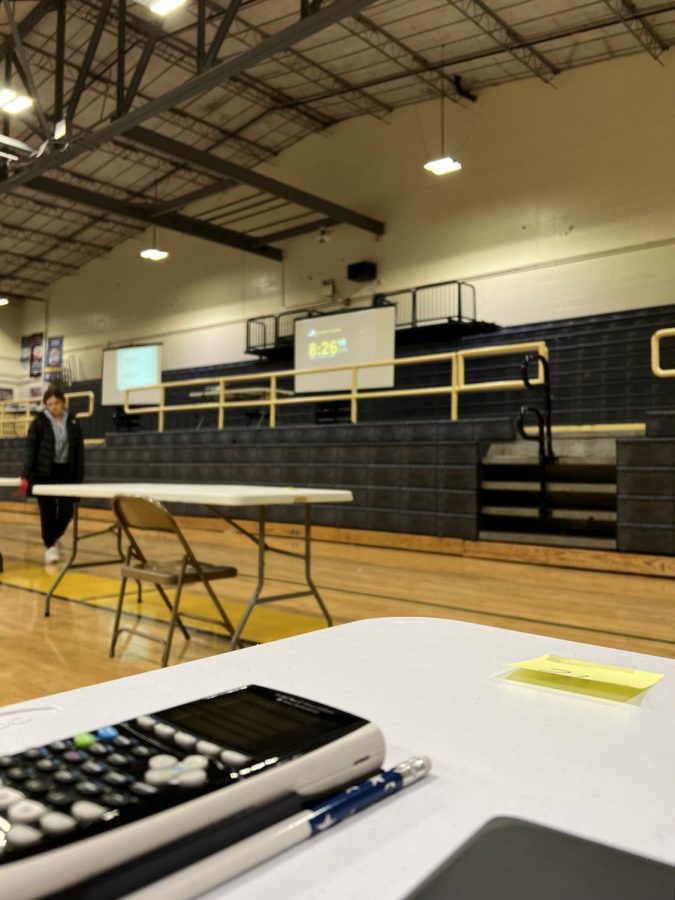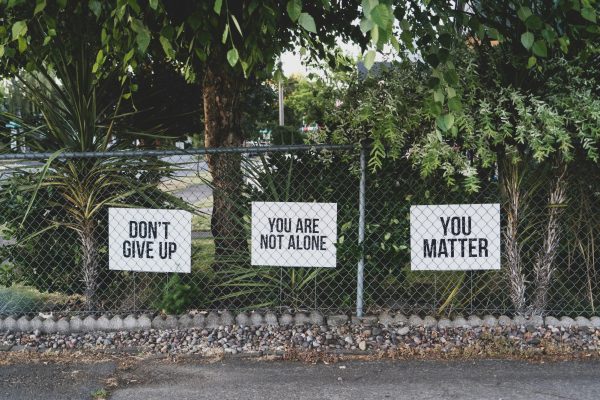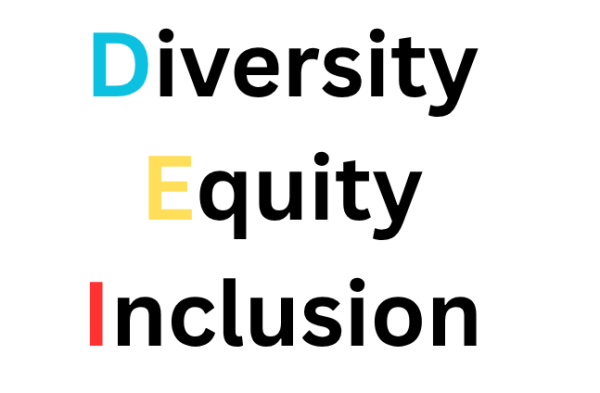Controversy with Standardized Testing
Undoubtedly, standardized testing has altered the means of intelligence and redefined success.
(10/18) Tuesday morning before the ACT begins
Question: “Is standardized testing good or bad?”
There are four options, one correct answer, and there is a 25% chance of you selecting the correct answer.
A. Yes
B. No
C. Sort of
D. Unsure
A question like this probably races anxiety within you, doesn’t it? This feeling is how many students feel come test day.
Brief History
According to The Penndulum, the origin of standardized testing date back to the Han dynasty in 1st-century China. The purpose was to measure bureaucratic abilities for appointments to meet with the emperor. Later, testing evolved into larger-scaled standardized tests, such as the Imperial Examination. Chinese citizens were tested over Confucian texts and Chinese mythology.
The relative performance of individual students was compared to a mass of students, on a local, regional, national, or international scale, introduced through Princeton.
Standardized testing is when all participants are given the same exact questions and answer options and are then scored through a uniform grading system.
The complexities of schools demanded new means of efficiency.
The Father of Public Education, Horace Mann, encouraged public education for every child. He received a role on the Massachusetts Board of Education. Mann believed oral examinations for students did not represent enough of their knowledge, so he sought written exams, in hopes this would create equal opportunities for all children.
Multiple choice or written tests replaced oral examinations in schools.
In the modern-day USA, standardized tests like the ACT, PSAT, or SAT are regularly used to define someone’s readiness for college.
Students and teachers have debated its accuracy for decades.
Rising Concerns
Racist and Classist Associations
Outrage has been expressed toward the history of standardized testing, in which many have claimed there is racial bias.
For instance, almost every standardized test found in China was significantly partisan, with only certain people allowed to apply to take the test, of only wealthy people who could afford such luxury of studying.
At another time, during World War I, psychologist Carl Brigham created an assessment given to soldiers to help him separate them by race and mental abilities because intelligence was seen as linked to race.
A growing fear among test-takers worry designers of tests has an unconscious racial bias when creating tests, whereas the testing industry claims to depend on questions to help result in a wide range of scores.
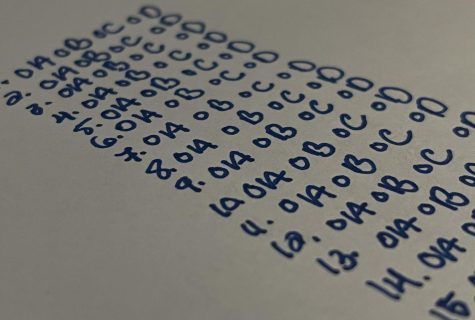
Financial Cleanup
Standardized tests have forever changed the United States American education system.
The Council of Great City Schools, located in Washington, D.C. previously recorded the average student takes 112 standard tests from pre-kindergarten to high school graduation.
This encourages the emergence of standardized testing precedence.
Recently documented by Penn State, states spend over $1.7 billion every year on standardized testing. Nearly 2 billion dollars are funded in standardized testing, money that could be used to fulfill other educational programs or accommodations.
The Atlantic reported a school in New York City, Stuyvesant High School, has been criticized for admitting a selection of students of Caucasian backgrounds. Seven of those 952 were Black students, and 21 were Hispanic. This stands problematic, due to NYC housing one of the most diverse metropolia in America. About 70% of students in New York City are Black or Latino.
These tests don’t reflect intelligence; they expose privilege.
Besides, in particular cases, the result of test scores impacts a school’s federal funding and aid. The amount of power in dictating finances is alarming.
Standardized tests reveal those privileged versus intelligent.
Risking Fame and Fortune
Not long ago, the college admissions scandal occurred, and this isn’t the first time– it’s happened before. Exactly so, this proves the extent people will take to receive top scores, to apply and attend college.
Most familiarly is the college admission scandal of 2019. Known as Aunt Becky from the 90s sitcom show, “Full House”. Lori Loughlin, along with others, cheated by falsifying standardized test scores.
She planned for her daughters to attend USC, a prestigious school in California. Loughlin paid more than $500,000 to put two unidentified students through four years of college. The sheer will and motive to rig test scores, even for the rich and famous, displays the seriousness of the issue regarding standardized testing.
Standardized tests have dominated the education system, but is it for the better?
Create the system, play the system.
Mental Health
Test score gains and lows reflect a student’s mental health, home life, and attendance/participation. Unfortunately, this isn’t something any realizes, and the concern still weaves its way into students’ and teachers’ lives.
Students’ Voices
Students view standardized testing as not accurately representing their knowledge or skills, but rather assessing the testing ability of students.
Should all be made aware, testing anxiety can alter the validity of test results; therefore, students detest standardized testing. Not only that, but they feel the demand to prove themselves worthy via test results. As previously mentioned, the heavy weight of test taking can damage one’s overall mental health and can create a lifetime of loathing self-worth.
On a local level, the effects of standardized testing negatively impact students at WCHS.
Senior, Lucas Dotson, an AP and dual-enrolled student attending WCHS, shares insight into his opinion on standardized testing.
Dotson states, “A lot of classes are very focused on test preparation… I don’t think it is as effective for actually learning or motivating students.”
“I also don’t like how demoralizing it can be when you get a bad grade on a test, especially when you sometimes don’t have other opportunities to make it up.”
He mentions the inability to re-do or re-take tests since some teachers do not provide this as an option. It is a one-and-done situation, but how realistic is this in real-life situations?
Dotson fears the long-term effects of standardized testing, and reasonably, he questions the indirect impact standardized testing holds over an individual.
“Standardized testing has led to a lot more stress and anxiety around school than was necessary, so I think it overall harmed my mental health.”
To some, testing no longer grades intelligence, but judgment as a character: a human.

Additionally, Ben Carey is a junior attending WCHS. He explains his apprehension about standardized testing. Generally, Carey believes he is a good test taker, for he has experience with multiple-choice tests, AP classes, academic teams, math team, etc.
Despite this, he expresses,
“I am not in support of standardized testing. It isn’t a healthy means for measuring student ability, and generally becomes the entire purpose for one’s school career: to get a higher number.”
He emphasizes that a number does not apply to real-life scenarios; therefore, it should not be applied.
In extreme cases, students find themselves determining their worth based on a percentage, letter grade, or number. A student can spend the rest of their life etching out numbers and risking mental health, which is unnecessary and harmful in the long-term of things.
Again, Carey shares hesitancy,
“… I’d rather learn for learning’s sake, to become a better person. A higher number doesn’t mean I’m a better person.”
“…getting a 25 on the ACT can be incredibly impressive, much more impressive than a gifted student having a perfect score,”
To end, he states, “Standardized testing, by the definition of standard, is biased, and gives opportunity to only a select few students.”
Dotson and Carey are like any other student across the U.S. They feel the taxing need to keep producing high scores and evaluation results, almost robotically. For parents who have school-aged children, it is likely their child is enduring similar struggles.
Standardized testing is in need of significant improvement.
Potential For Something New
At the spike of the Covid-19 pandemic, the world came to a halt, including colleges accepting SAT and ACT scores, but only out of the reduced numbers of students taking these tests.
Personally, I view this as an opportunity to reexamine standardized testing and find an alternative. It is the breaking point many have desperately waited for.
Troubled Teachers
In some states across the U.S. student test scores are used as metrics for evaluating teacher performance.
An educator’s main concern is it does not mirror their teaching accurately and distorts their future as a teacher.
Teaching for several years draws various performance levels, and none of the years are quite the same.
For example, the role of a teacher changed drastically during the Covid-19 pandemic, with everything shifting online. In metropolitan areas or large cities, online schooling still remains. The pandemic laid a toll on the students, as well as the teachers. Schools operate differently nowadays to meet social and technological progressions, it is safe to say performance varied from person to person, and location to location. Just now are schools returning to semi-normal schedules and routines.
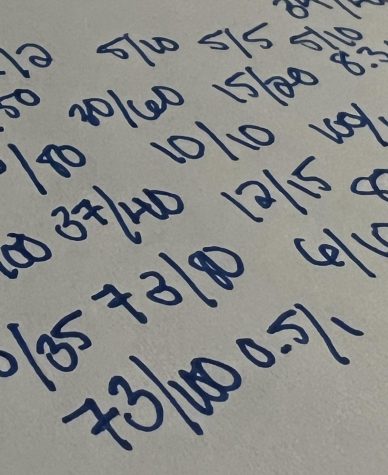
The Wall Street Journal wrote teachers having off years during their teaching career. For years, a teacher may prepare students with more academic resource advantages, but in another year they may not. The previous group of kids likely will excel at a higher rate than those who are less fortunate.
In special cases, a teacher will instruct kids who are gifted and highly advanced, consequently, their test scores could be maxed out. Usually, this reflects poorly on the teacher since the students cannot advance further there is little to no sign of growth.
Another consideration is teaching non-English speakers. A language barrier changes the norms of learning and probably increases the struggle with content comprehension. While it may be the school’s responsibility to supply resources for ELA kids, some fall short.
It is understood teachers have an impact on student gains, but they are not the ones to put in the effort to improve.
A teacher can feed the student information, but it is the student who must put in the work.
Trouble In Acquiring Resources
Likewise, the exposure and opportunity to access standardized tests are too selective.
Schools may not be able to prep students for the ACT, SAT, or PSAT. All three of these tests are used for applying to colleges and universities, as they are advertised to show college readiness.
As a way to fill the gap, self-guided or mentored ACT, SAT, or PSAT prep can help students for these exams, or others may be given the option of hiring expensive private tutors. The ACT M.O.M. prep has spread through the United States to help students prepare for such exams, whether it be in-person or online classes.
Despite these efforts, as many things aren’t free, these resources come with a price tag. The average cost for a course can amount to $50, but this is only for a single subject of the four: English, reading, math, and science.
Spending money doesn’t automatically raise your score, and more expensive test prep isn’t necessarily better.
Realistically, not every problem that is caused by money can be solved by money. There’s a strong likelihood that throwing more money at a situation doesn’t instantaneously help.
Here To Stay
Clearly, standardized tests are to go nowhere for quite some time. It is the unfortunate reality many students live in: the fear of failing, a nightmarish feeling. The very thing the education system values, test results, is built off a racist and classist origin and little remains unchanged. Across the United States, some students do not have the resources needed to perform successfully on tests. The disadvantage is real and should be reconsidered. Students go to great extents to reach these “perfect” scores, but at what cost?

MeiLi is a WCHS senior; this is her first-time reporting for The Jacket Journal. She has run for four years on WCHS’s cross-country team. She is a driven...

